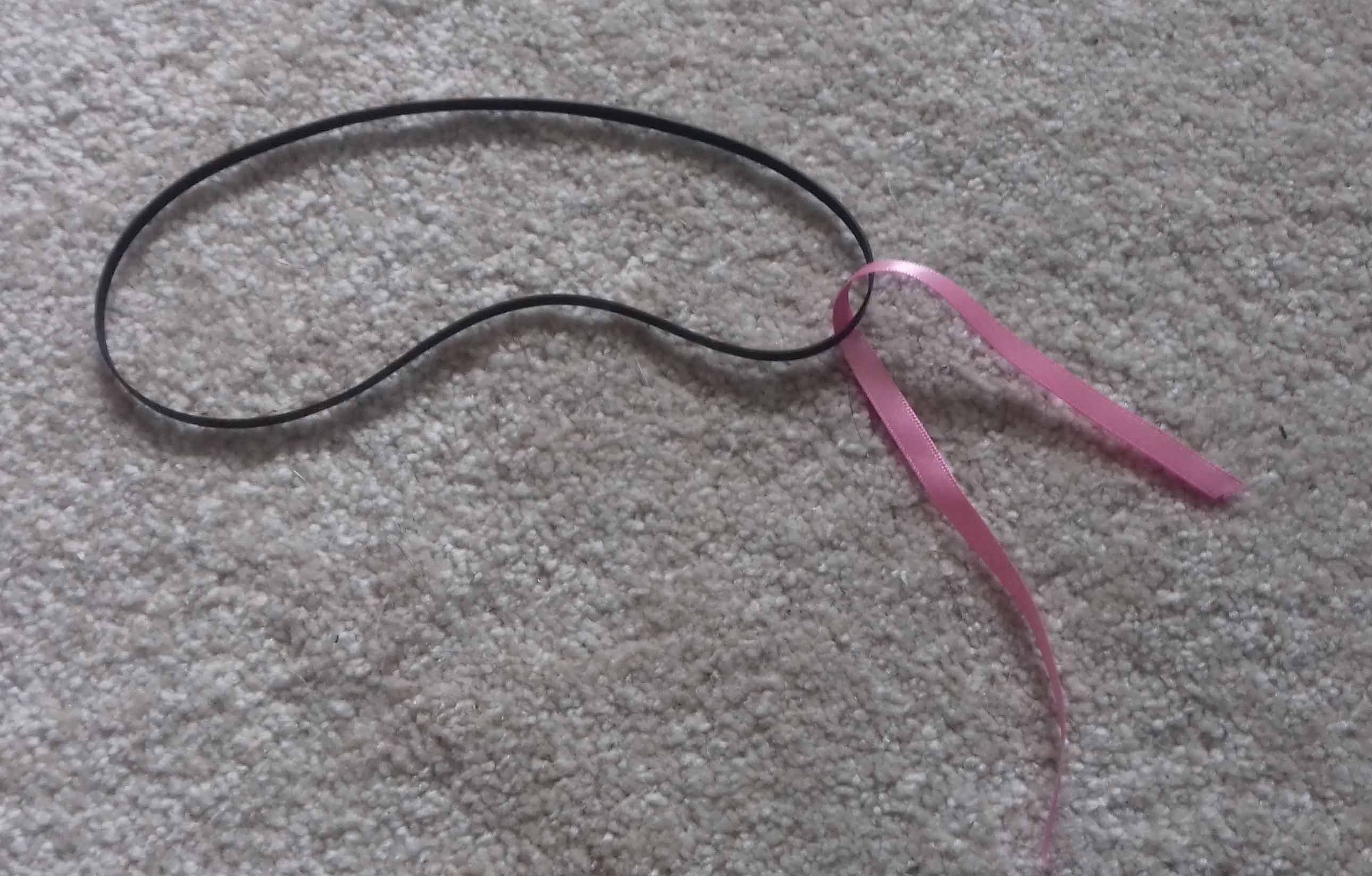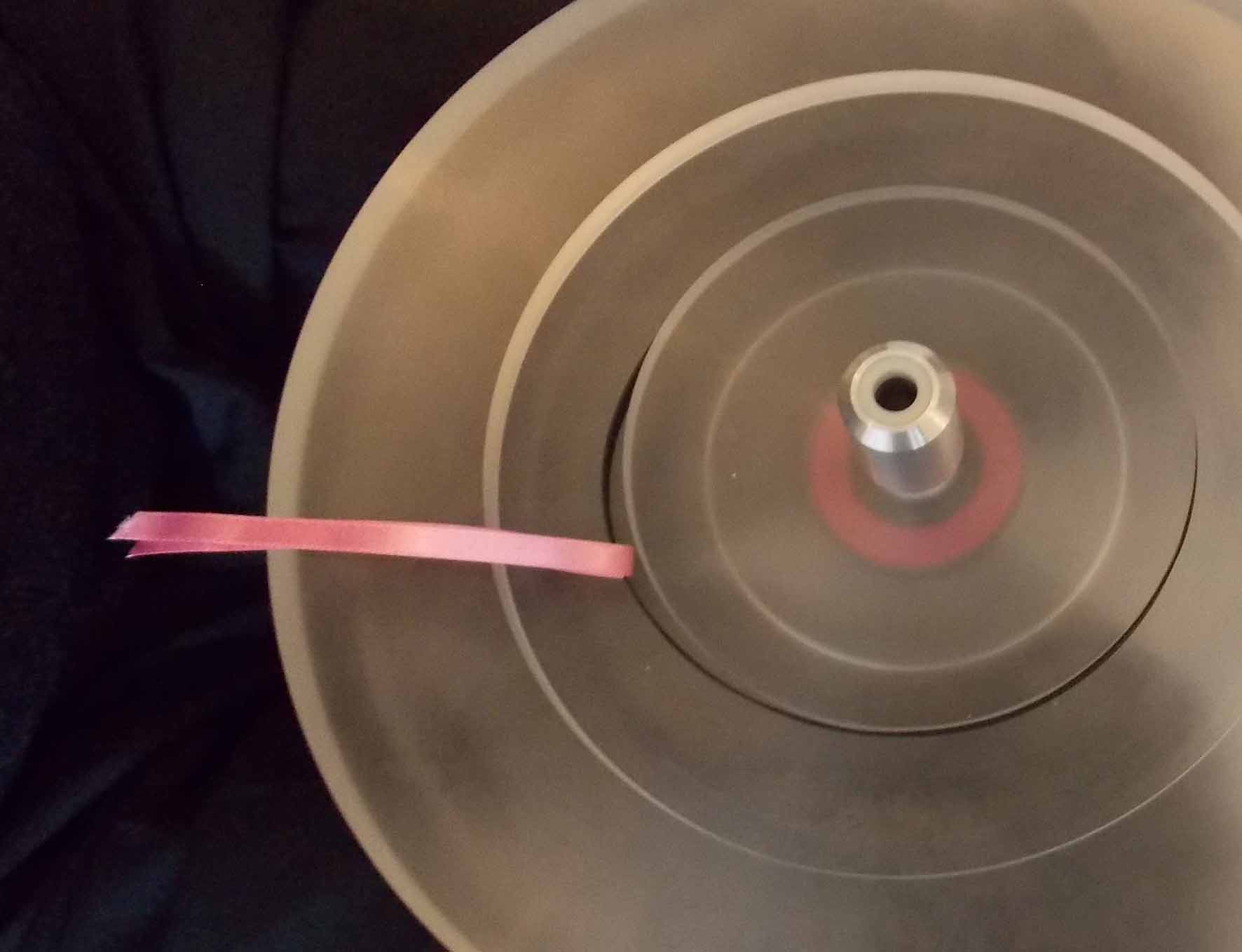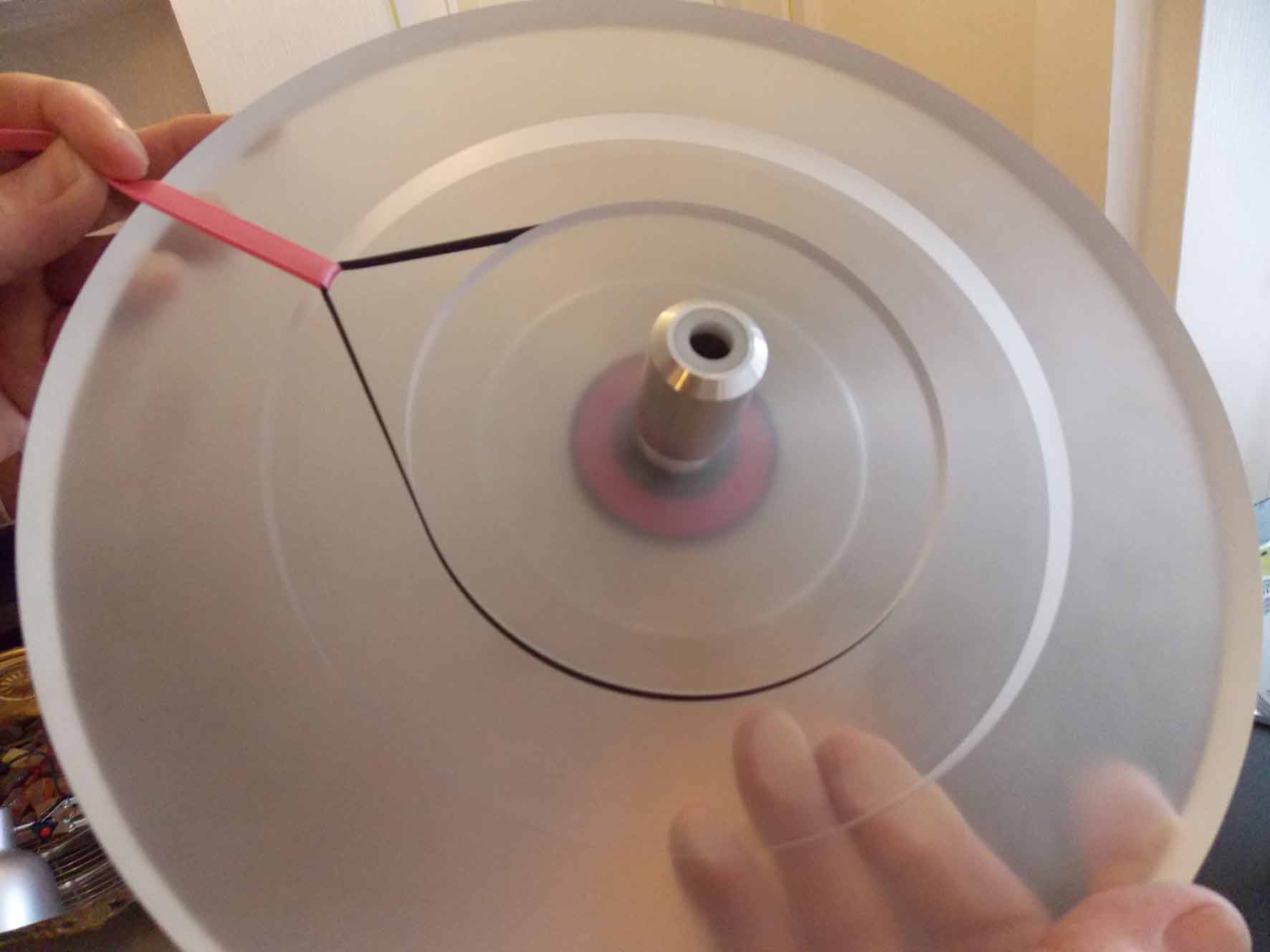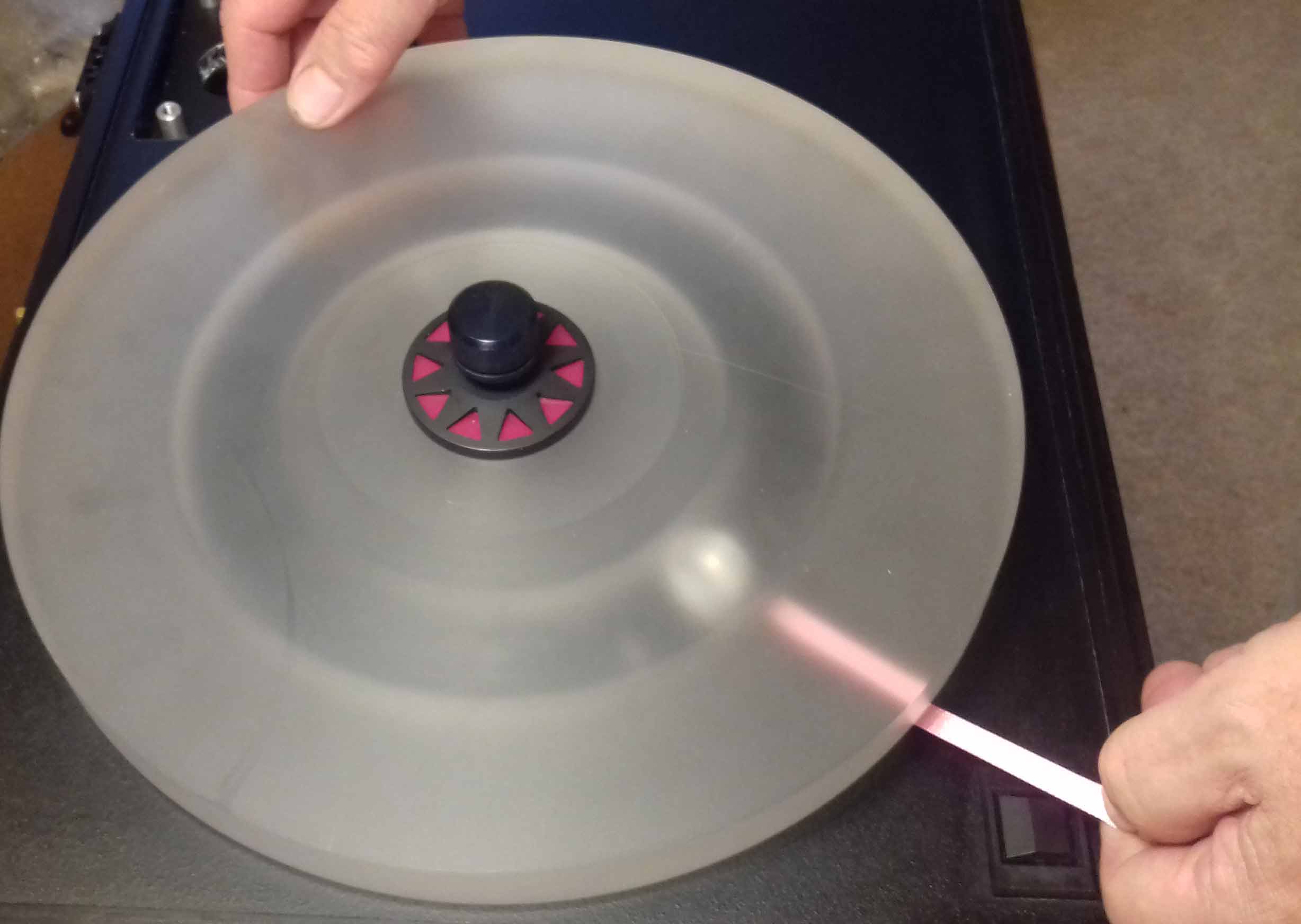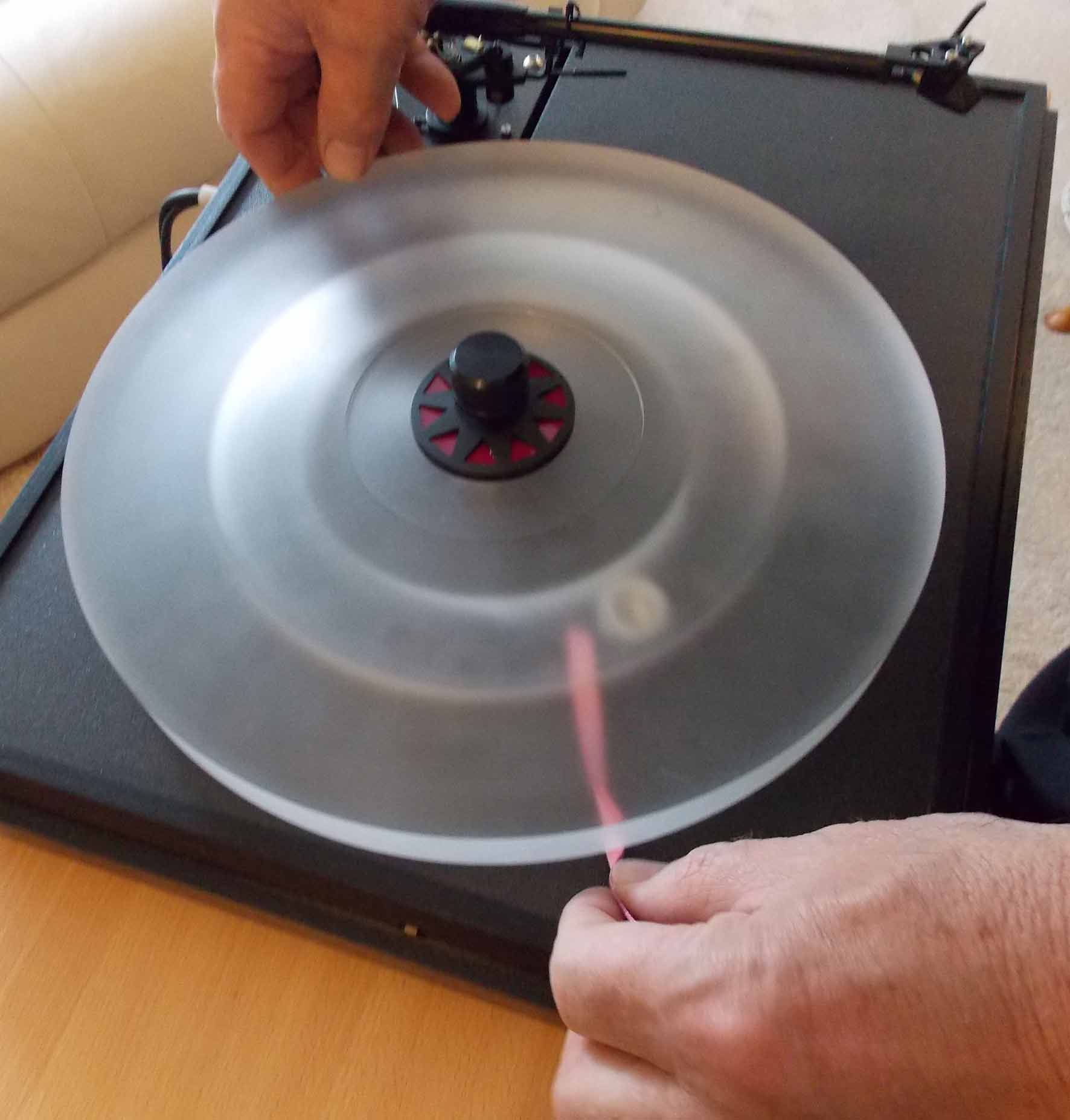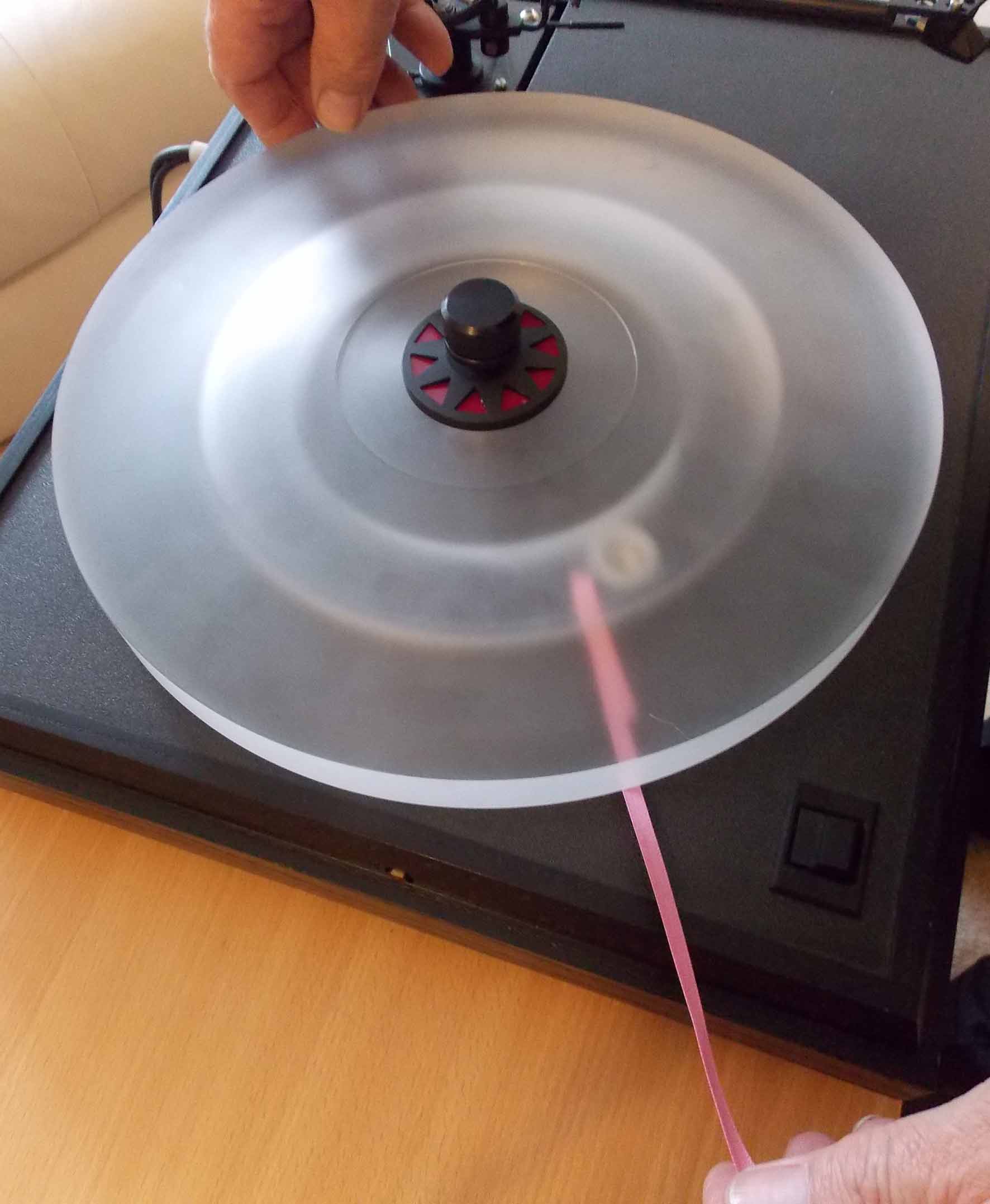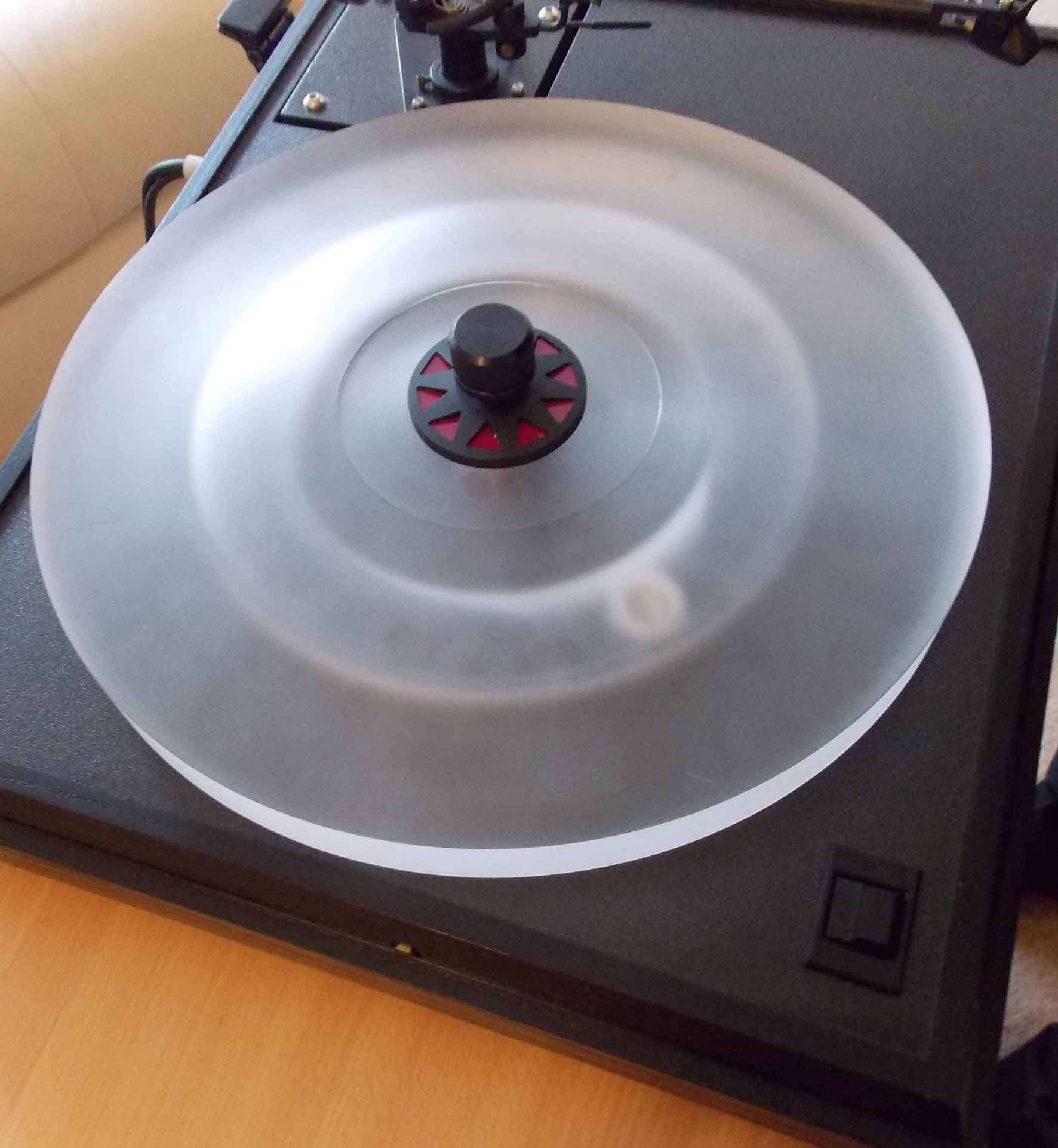|
Notes and Tips:
Run in time - Give the new belt at
least 1 hour of use to run in before serious listening.
Belt inner and outer side - The belt will sound better on one side than
the other so it is worth experimenting and marking a line on what you prefer as
the “outer" side with a felt pen or dot of paint.
Belt Tension and Motor Angle - To avoid mechanical noise, and sound best,
the belt should have
the lowest tension without incurring wow and flutter-You can experiment with
tension, to hear
what sounds best. Belt height and speed can be altered on some decks.
Talc powder - This often helps to eliminate mechanical sound - All belts
seem to perform at their best with a little talc powder wiped over the surface.
Cleaning - The belt should not be treated with rubber conditioners,
polishes etc. All that is needed is a wipe over with water (not soapy water) or
methylated Spirit (not White Spirit).
Clean running surfaces - The belt running surface of your pulley,
sub-platter or platter are best cleaned with methylated Spirit from time to time
especially if they start to build up black rubber deposits.
Belt Life - It is normally recommended that standard rubber belts are
changed every 2 years or so, regardless of use. This is because rubbers age,
however the ageing process varies with the type of rubber, usage, temperature
and other factors.
|
 DRIVE BELTS
for
DRIVE BELTS
for